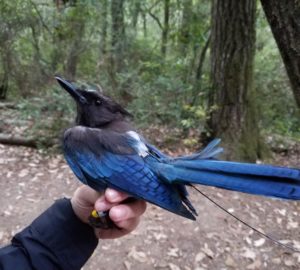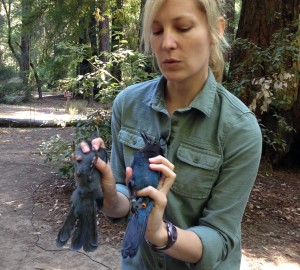Programs reduce densities of birds preying on threatened marbled murrelets
onResearch funded by Save the Redwoods League suggests that programs designed to help reduce jay populations in areas where marbled murrelets nest, including old-growth coast redwood forests, will give these threatened seabirds a better chance at successful reproduction.



